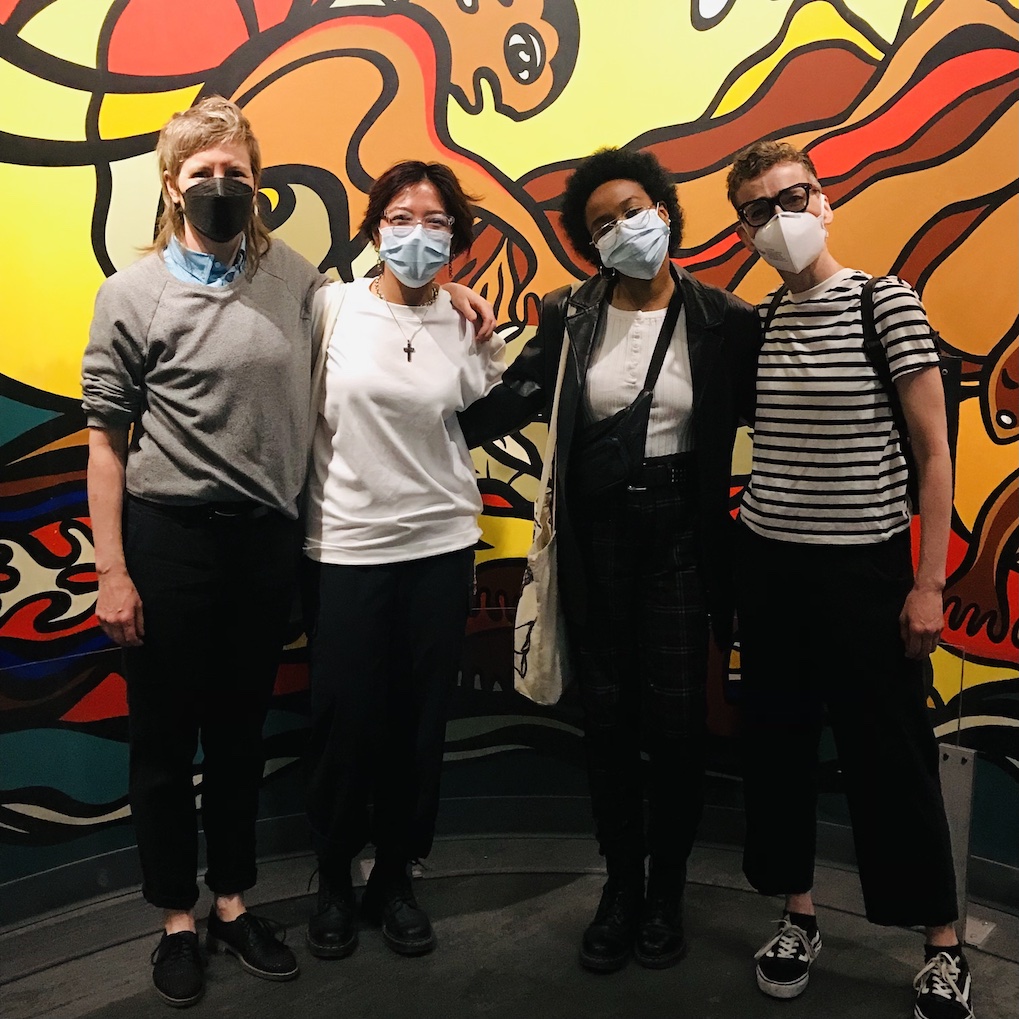
Museum Queeries visited the Manitoba Museum on June 18, 2022 to see some of the recent changes that have been implemented and to think about possible future developments as the Manitoba Museum continues to renovate, revise, and add to their exhibits. Museum Queeries offers the following SnapThoughts:
“As an individual who has not been to the Manitoba Museum since I was a kid, I went in with fresh perspectives as a researcher. The things I was looking for and questioning brought things to light about the museum that I had not thought about before. In the Manitoba Museum, as a space to learn about Manitoba’s history and the ways that our communities have evolved, it is clear to see that there is so much information to work with, play with, and re-imagine. The things I enjoyed were the clear indications that were new additions to the museum with a focus on Indigenous artists who had not been talked about before. Although the museum is making steps to change and expand what is already in their collection, in thinking about queer histories and what is missing, I hope that there are more additions to the museum about Two Spirit individuals and the strides they have made to represent their communities. The museum overall has very limited information about explicitly queer people and stories from Manitoba. I think that, especially in a time when the queer culture here in Winnipeg has grown and shifted so much, there is so much to add. The museum could also make connections with queer communities here in Manitoba.” – Mahlet Cuff
“My visit to the Manitoba Museum challenged the way I remembered and will remember the museum. I haven’t been to the museum for years, and the pandemic only made my memories of the museum hazier. And although my previous projects focused on the Manitoba Museum, I had found myself forgetting and misremembering previous exhibits. I was thankful to have been touring with other Museum Queeries colleagues who also helped me fill-in my internal gaps of the museum galleries. My memories of the museum were also challenged by the museum’s new galleries and renovations, which made it hard to keep up with my previous memories of the museum. For example, the Arctic/Subarctic Gallery in the museum used to be a gallery I tended to skip past, but the addition of a new notice that told us about the gallery’s current renovation project that seeked to change the gallery’s terminology suddenly made me see the glaringly obvious colonial wording of the gallery. This transparency made me glad in that it challenged me to see the museum in a different way. There is also something about the museum being transparent about its ongoing changes that makes me hopeful that better memories can come out of these changes.” – Mika Castro
